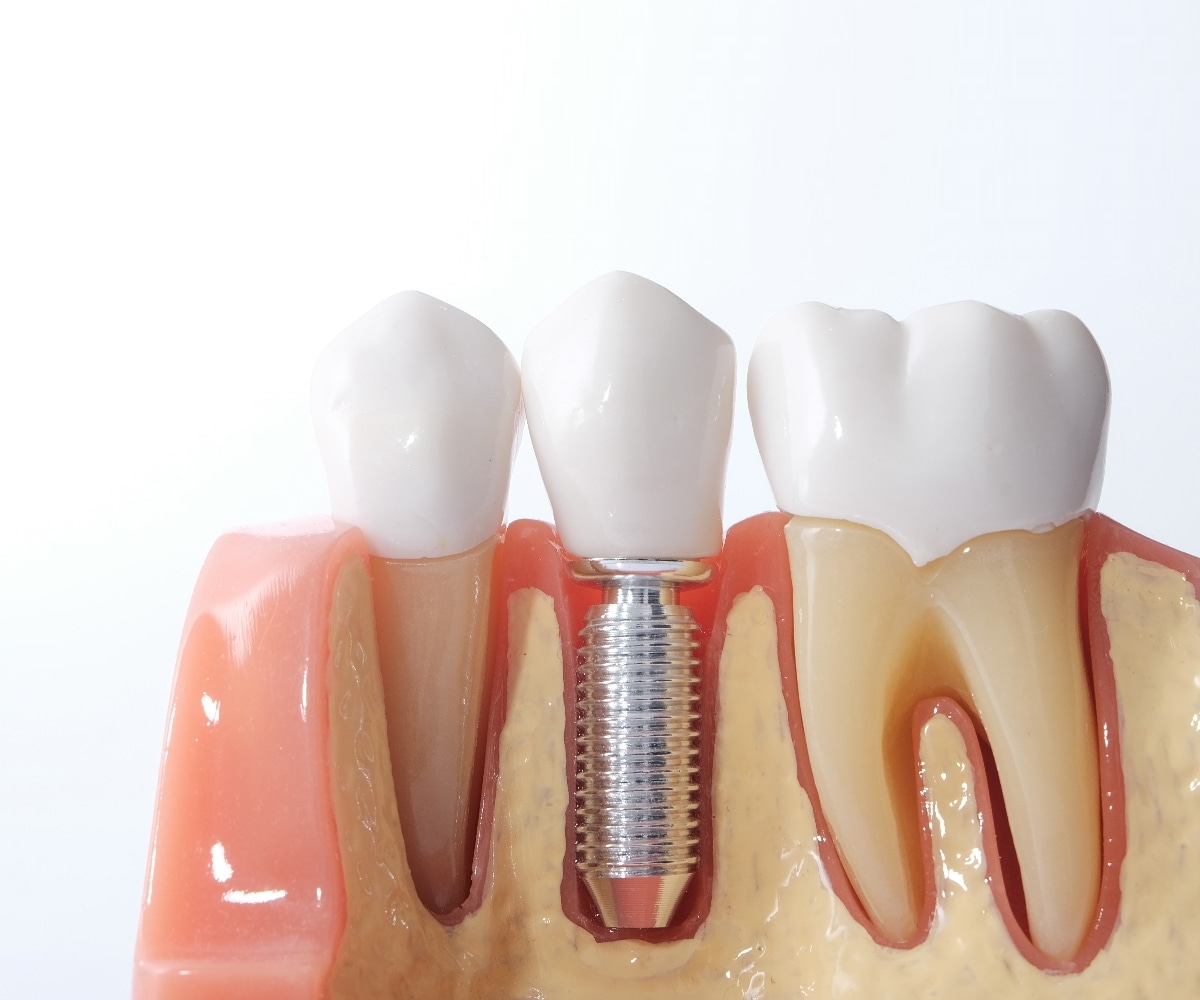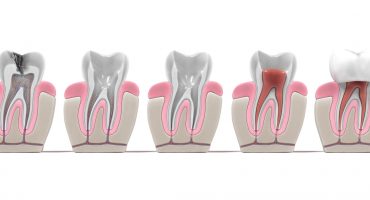The tooth implantation and the course of treatment
An important building block for success is the good planning of a treatment with dental implants. After the history of the procedure, a thorough and careful clinical and radiographic examination of hard and soft tissue is performed before the procedure. Using a low-X-ray DVT device (= digital volume tomography, see DVT), a three-dimensional measurement of the jawbone is performed.
This allows a precise representation of the existing jawbone and ensures with a computer-aided planning and a special drilling template the best possible positioning of implants. This almost excludes risks such as maxillary sinus injury or nerve damage. Various reconstructive and constructive measures may compensate for insufficient bone supply. The most suitable treatment form for you as well as the planning of the dental prosthesis will be individually discussed and planned with you.
The insertion of the dental implant is an outpatient surgical procedure, similar to tooth removal. This is done under local anesthesia (local anesthesia); In some cases, this procedure can also be performed under general anesthesia. The surgery takes place under sterile conditions in the practice of your implantologist. Due to the special instruments for implantation, the jawbone is spared and only a few steps are necessary for preparation.
The anesthesia makes insertion of the implant painless. After anesthesia of the operating area, the jawbone in the implantation area is exposed and the bone bed prepared for the implants. After determining the bone ratios, an accurate hole is made in the jawbone for each implant using various instruments and the previously prepared 3-D computerized surgical guide.
Then the implants are screwed in and the gums are sutured over the implants. By cooling after the procedure, the occurrence of swelling is kept low. In some cases, your implantologist will decide whether to use additional anti-inflammatory and analgesic medications.
The healing time depends on the factors of the medical and physical situation, titanium implants usually heal in a period of 3 months, with extensive bone-building measures this period can extend up to 6 months. At the end of the healing phase, a small surgical procedure is performed by a small mucosal incision to expose the implants to provide them with healing caps.
In order for the dental implants to be able to heal without chewing and compressing, the provisional is adjusted so that any pressure contact (occlusion) is avoided during chewing. The prosthesis is relined so that it exerts no pressure on the implants used. In some cases, several days of wound healing have to be awaited.
After the healing process (implants are firmly attached to the bone), the final restoration is used. Your new dental implant, and we're sure of that, will of course make us feel your own teeth.




